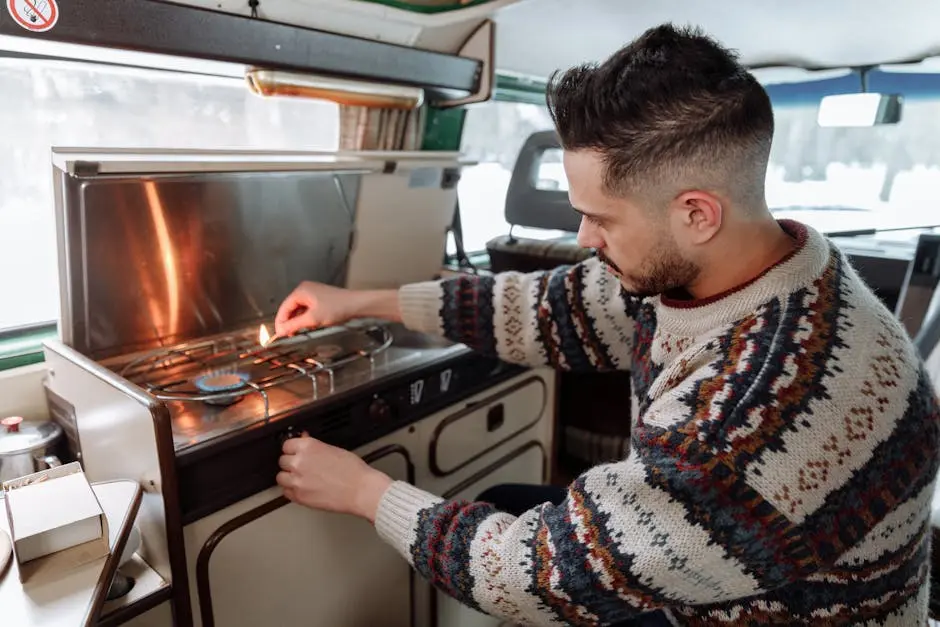Embarking on the journey to purchase your first Class C motorhome is an exciting adventure. Whether you’re exploring the charming roads of Souderton or navigating the bustling city of Philadelphia, this guide is crafted to assist you with valuable insights to make an informed decision. Let’s delve into some practical and friendly advice that will help you become a confident motorhome owner.

1. Understanding Class C Motorhomes
Class C motorhomes are an excellent choice for both new and seasoned RV enthusiasts, thanks to their unique blend of comfort and practicality. These vehicles are easily recognizable by their distinct cab-over design, which not only provides additional sleeping space but also offers a more compact profile compared to larger RVs. Imagine driving through the mesmerizing landscapes of Pennsylvania with all the comforts of home in a compact, easy-to-drive package. Owning a Class C motorhome means having the flexibility to explore both urban areas like Philadelphia and more natural settings with ease, enhancing your travel experiences.
2. Assessing Your Travel Needs
Before purchasing a motorhome, it’s crucial to consider your specific travel needs. Are you planning frequent weekend getaways or extended road trips? Will your travels include family and pets, or are they primarily solo adventures? Understanding these variables can steer you toward a floor plan that provides the right blend of space and comfort. This approach ensures your Class C motorhome will complement your travel style and provide the essential amenities for a comfortable road trip experience.
Factor in how you envision utilizing your motorhome. If you plan to visit national parks, a model that’s easily maneuverable is essential. For those leaning towards longer stays at campgrounds, kitchen functionality and bathroom space may take priority. Envisioning your motorhome adventures helps in deciding the right layout and features to enhance your travel experience.
3. Setting a Realistic Budget
When venturing into the world of Class C motorhomes, setting a realistic budget is paramount. Start by calculating all potential expenses, including the purchase price, insurance, maintenance, and campsite fees. This comprehensive budget helps avoid financial surprises later on. Moreover, it creates a solid framework for narrowing down your options based on your financial comfort level. With prices for Class C motorhomes varying widely, understanding your budget allows you to focus on essential features without stretching your finances.
Consider also the cost of potential upgrades and customizations post-purchase. Allocating a portion of your budget for personalizing your motorhome ensures you can modify any features or systems to better suit your needs down the line. Remember, your budget should empower your buying decision, not restrain your motorhome aspirations.
4. Evaluating New Versus Used Models
Choosing between a new or a used motorhome is a common conundrum among first-time buyers. New models offer the latest technology, modern designs, and warranties, which can provide peace of mind and fewer surprises along the way. However, depreciation is steep, and the initial cost can be a significant factor. In contrast, opting for a used motorhome might bring more value, with lower upfront costs and a slower depreciation rate. Yet, it demands a vigilant eye as it requires thorough inspections to ensure mechanical soundness and avoid hidden issues.
Bear in mind that used motorhomes may have a bit of character, hinting at stories from past travels, which can be a charming aspect of purchase. By weighing pros and cons, you can decide which avenue aligns best with your budget, travel plans, and desire for features. Both choices offer distinct advantages, which can cater to different preferences and financial goals.
5. Inspecting the Motorhome Thoroughly
Inspecting a motorhome thoroughly before making a purchase is a critical step in ensuring you’re investing wisely. Start by examining the exterior for any signs of damage or wear, including checking for leaks and the condition of the roof and seams. Inside, test all appliances, plumbing, and electrical systems. Ensuring functionality across components like the kitchen stove, refrigerator, and heating system is essential. Make time to test drive the vehicle, paying attention to how it handles and any unusual noises while on the road.
If you’re not mechanically inclined, consider bringing along a trusted mechanic to help evaluate the vehicle’s condition. An expert can spot potential problems that might not be evident during a general inspection, helping you avoid costly repairs down the road. This step can save you significantly and ensure peace of mind as you make this substantial purchase.
